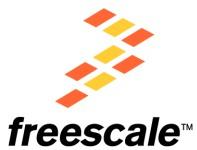Adafruit has a released a very handy new datalogging shield ($19). You can attach any sensor and it saves the data to a SD card. Use it with the standard Arduino dev board.
From the product description:
"You can get going quickly - saving data to files on any FAT16 or FAT32 formatted SD card, to be read by any plotting, spreadsheet or analysis program. We even have a tutorial on how to use two free software programs to plot your data
The included Real Time Clock timestamps all your data with the current time, so that you know precisely what happened when!
Please note that this item does not come with an Arduino (you'll need one to use with the shield), or an SD card. It does come with the RTC battery, however. The kit is un-assembled, You'll need some basic soldering skills to put it together, but even if you don't have much experience you can get it done in under 1 hour.
- SD card interface works with FAT16 or FAT32 formatted cards. 3.3v level shifter circuitry prevents damage to your SD card
- Real time clock (RTC) keeps the time going even when the Arduino is unplugged. The battery backup lasts for years
- Included libraries and example code for both SD and RTC mean you can get going quickly
- Prototyping area for soldering connectors, circuitry or sensors.
- Onboard 3.3v regulator is both a reliable reference voltage and also reliably runs SD cards that require a lot of power to run"






